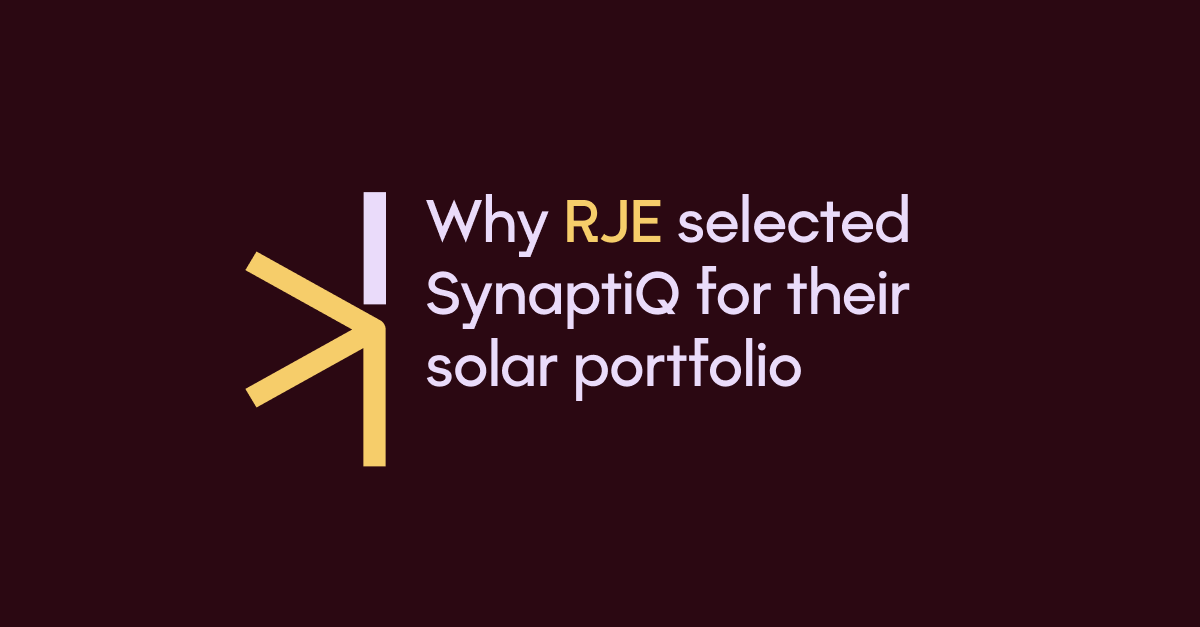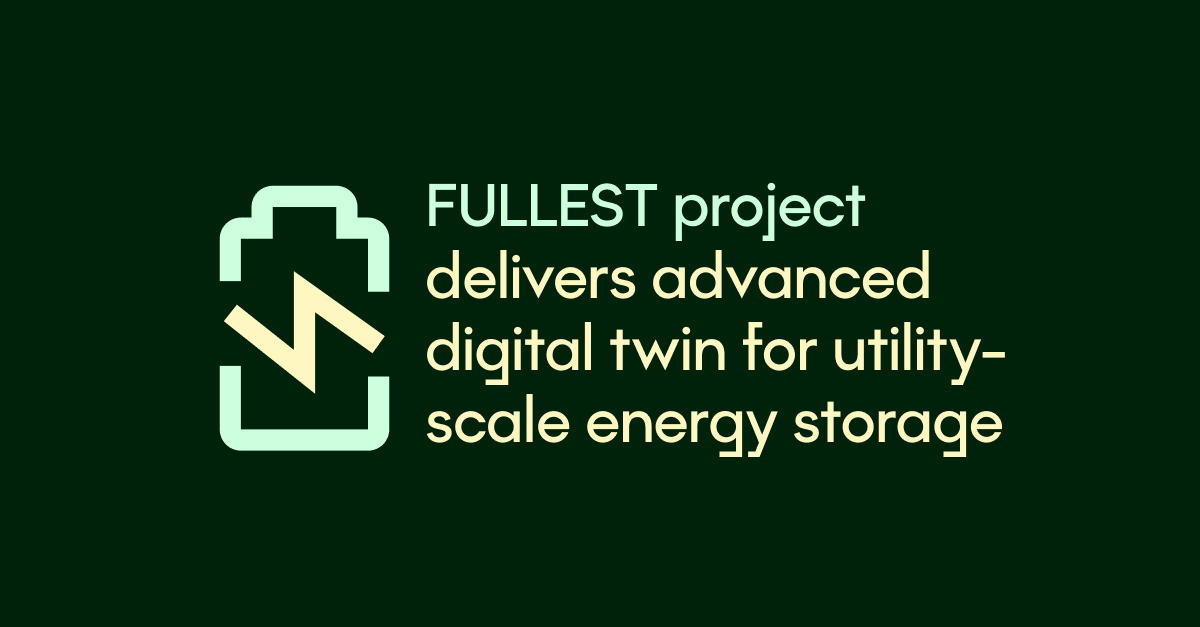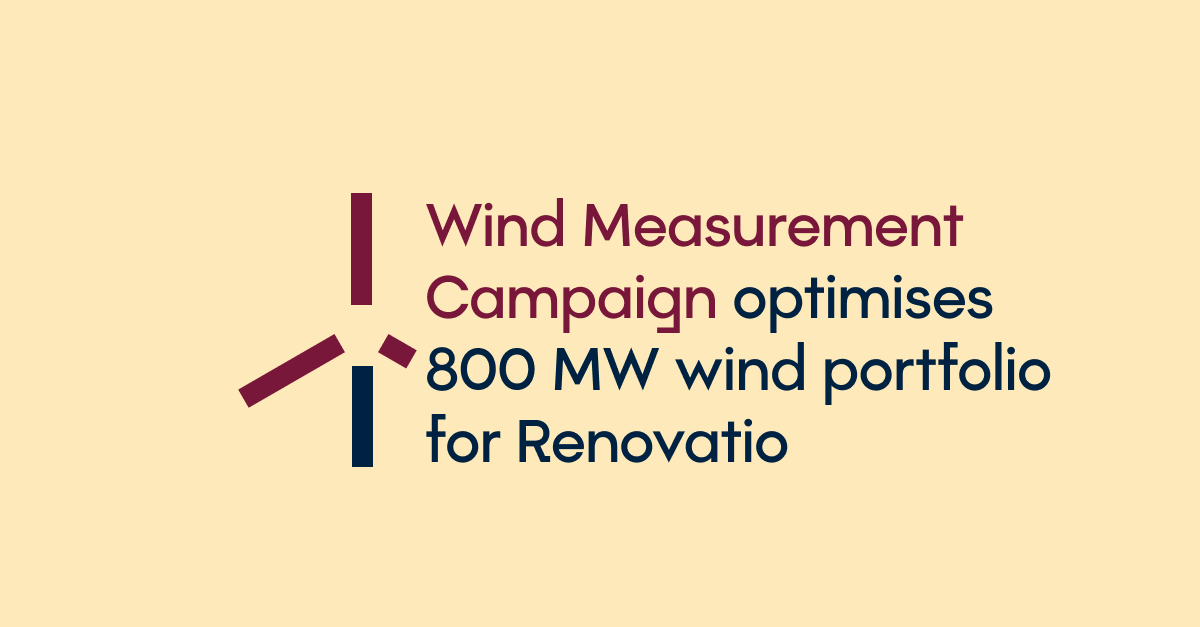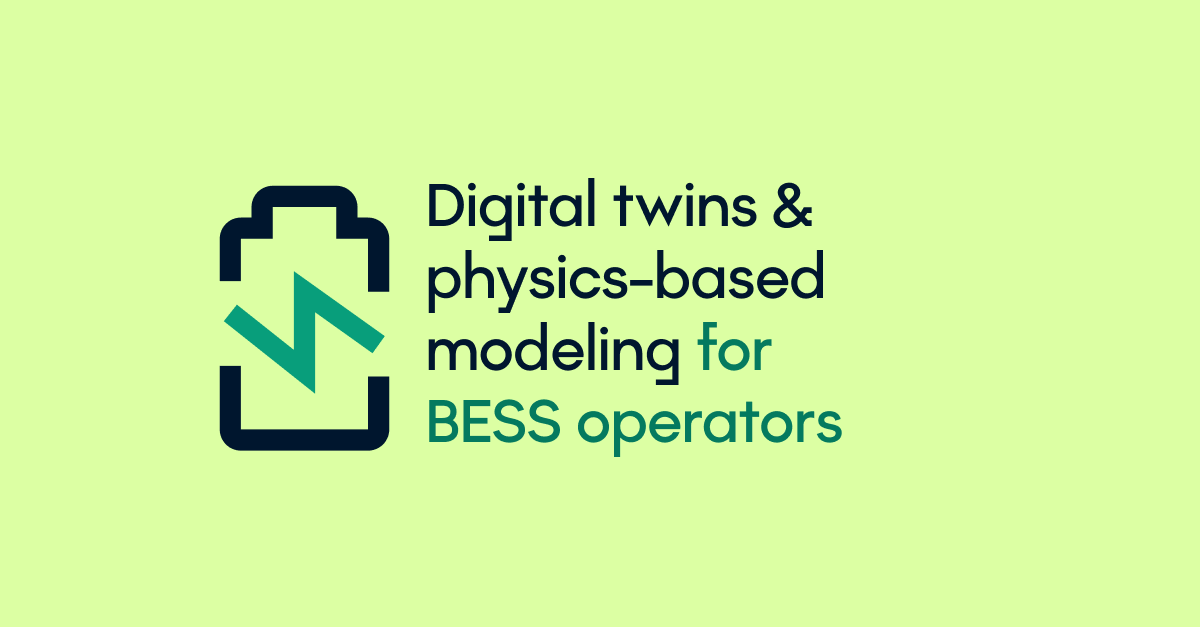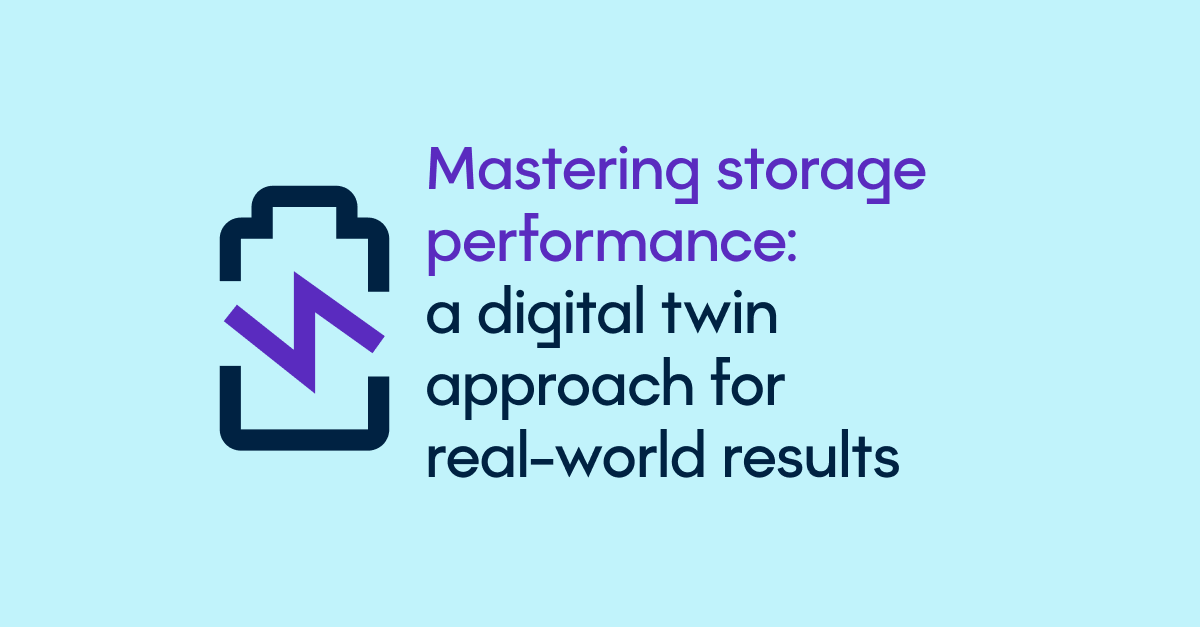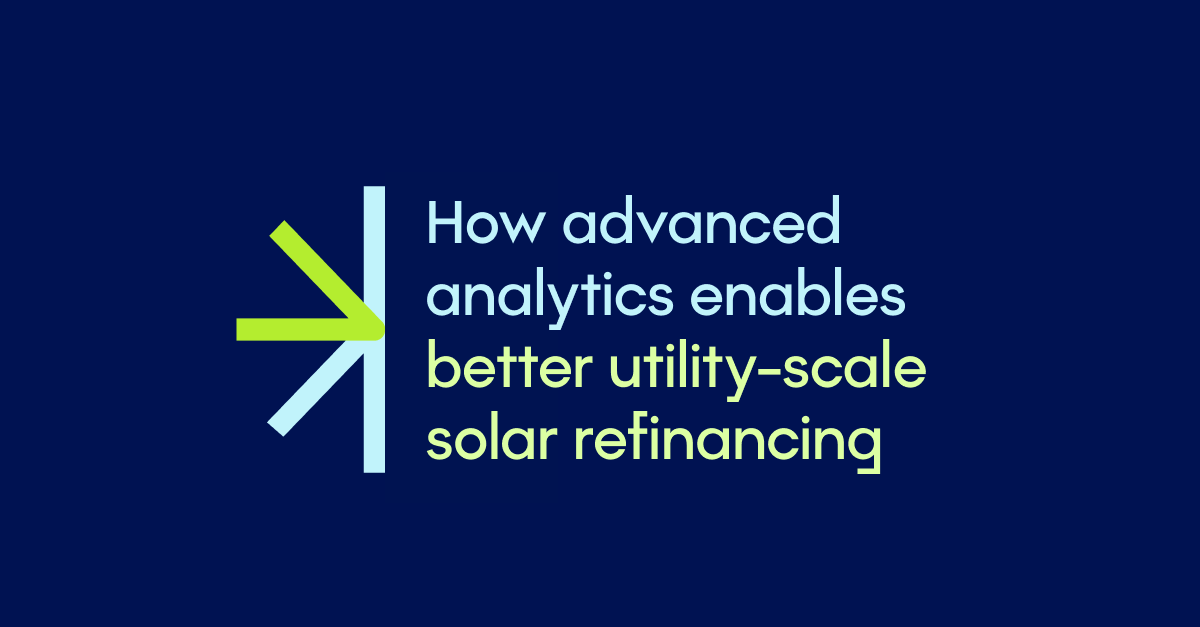The energy transition in response to ongoing climate change must be an effective transition, an efficient transition and a just transition. With the recent introduction of the concept of ‘energy communities’, the European Commission aims to strengthen each of these aspects. The success of such communities will, however, strongly depend on their national and regional implementations. To facilitate this process, 3E – together with Th!nkE – formulated policy recommendations based on the current State of Play in all EU-28 countries in two reports.
The next big thing will be a lot of small things
Through the introduction of the concept of ‘energy communities’, the European Commission introduces an entity of governance at the scale of the energy transition.
Renewable energy sources are transforming the energy landscape from a centralised carbon-intensive system to a decentralised low-carbon and smart system. However, despite a strong growth in photovoltaic systems and wind turbines, a lot of potential remains unexploited today: many behind-the-meter business cases are restrictive and result in smaller system sizes, while the not-in-my-backyard phenomenon stalls many planned projects. The root cause for this may lie in the organization of the energy sector. The overall governance, regulation, tariffication, … of the energy sector in general and the electricity sector specifically is dominantly based on two types of actors: the individual end consumer (such as households, SMEs, factories, …) on the one hand, and industrial energy utilities (such as asset developers, suppliers, grid operators, …) on the other. This organization often results in conflicting situations.
The introduction of ‘energy communities’ allows organizing the governance of energy projects at the scale of these projects: different households, SMEs, municipalities, … can team up, jointly invest in small-scale energy assets, mutually agree on transactions, and act as one entity in its relation to energy utilities.
Thinking small doesn’t rule out thinking big
While the European Commission defined two concepts of energy communities, i.e. the ‘Citizen Energy Community’ in the Energy Market Directive and the ‘Renewable Energy Community’ in the Renewable Energy Directive, energy communities already exist in all shapes and sizes in the EU-28.
Many modalities in the implementation of the concept of energy communities result in strongly different concepts. What role does the community take up? Which activities or assets are involved? What is the scale of the community, and the proximity of assets? In total, a dozen of different types of communities could be distinguished, ranging from collective trading and cooperative financing, over energy islands and municipal utilities, to energy-positive districts. Each of these types allows different business cases, different technologies and different pathways to accelerate the energy transition. As such, a national or regional implementation of the concept would benefit strongly from not being too restrictive and allowing the community to exploit all possibilities – as long as the collective interest of the community does not conflict with the general public interest.
To facilitate this process, 3E – together with Th!nkE – formulated policy recommendations based on an overview of the current State of Play in all EU-28 countries in two reports for the BRIDGE Task Force Energy Communities and Flanders’ Department of Environment respectively.







